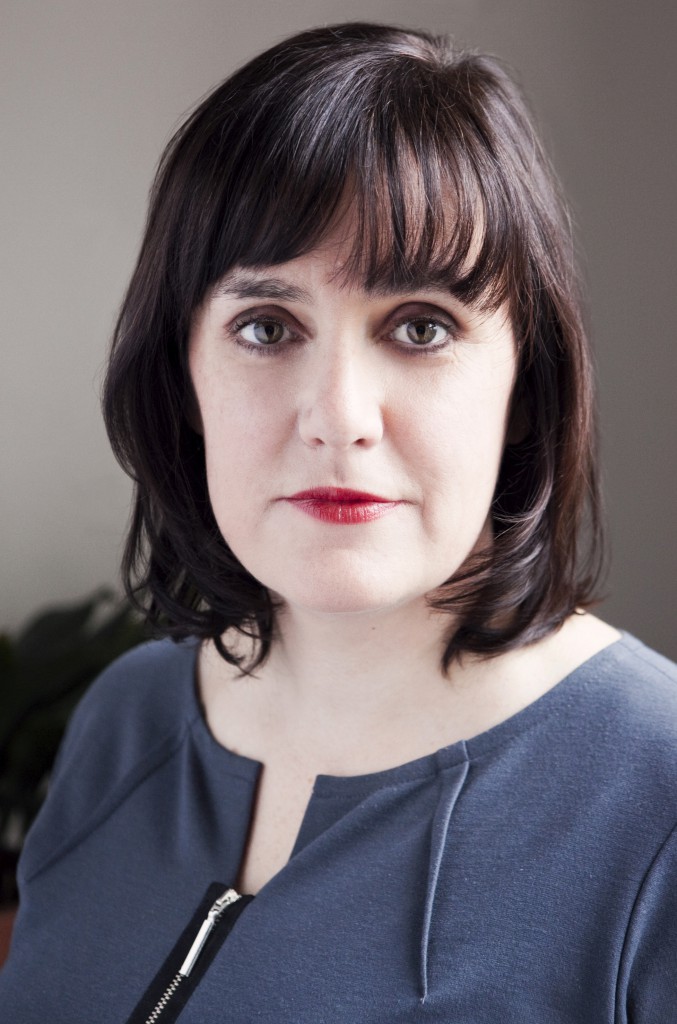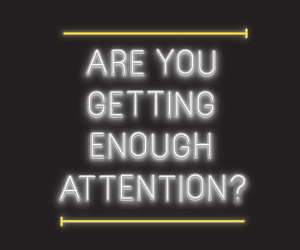
As news organisations continue to downsize, the lines between journalism and PR are becoming increasingly blurred. Content creation, once the preserve of journalists, is now being carried out by content specialists working for PR agencies and marketing departments. What does all this mean, asks Emma Kelly.
The world of PR has been disrupted in the past few years, but not as much as the world of journalism. In a world of shrinking newsrooms, PR is filling the vacuum, and in the boardroom, PR has become an integral part of marketing strategy.
The PR / journalism workforce landscape is changing rapidly. According to the Financial Times, the number of people working in PR in the UK has risen by nearly 50% over the last two years, and looks set to exceed the declining pool of journalists by 2025. About 55,000 people work in PR in the UK compared to 64,000 in journalism (down 9%). In the US, there are 4.6 PR people for every working journalist, up from 3.2 a decade ago, with the strongest decline in regional media, a much challenged business model. Journalists in the US earn on average 65% of what their PR peers are paid. While in Canada, according to The Guardian, there are 4.1 PR professionals for every journalist. In 2015, we have seen an increase in journalists applying for PR positions at Elevate and a smaller media pool of traditional journalists to pitch our client’s stories to.
When we set up Elevate PR in 2001, PR and media buying were about distribution and advertising was about content. Digital and Web 2.0 began to break down this division and social media has completely smashed it, heralding the full integration of PR into the marketing mix. As a result, the PR professional’s day and job description has changed with evolving technology and today’s multiscreen environment, as has the journalists. We are both expected to be highly active on social media and on top of the news agenda.
PR is no longer restricted to print and broadcast media only and we have upskilled to meet the 24/7 always on news cycle and social media content appetite. Content creation/story-telling is now part of our job. Before the content creators worked mainly in the media companies but now they work in marketing departments / PR and specialist content agencies.
What does this mean for the industry and the media sector? Certainly there are a lot of new job titles and roles like community manager, head of digital, chief creative officer, citizen journalist, brand journalist, etc. Are there potential conflicts/flash-points? Yes, when a journalist is overly dependent on PRs to supply their content and do not have time to fact check. Ethics remain of key significance.
We are community managers on social media for clients in the mobile-first world we now occupy. We are photographers and picture editors, with real time sharing on social media a must to make client events trend. Press days for consumer brands give a moment for social sharing. We deal with bloggers and vloggers for many clients, and seeding for social media impact is a daily activity. Contracts and gives and gets need to be agreed in advance of any activity and the leading Irish lifestyle bloggers command high fees for endorsement on their sites. We are measurers of coverage achieved, so social media audits and analytics are now part of what we do.
Inbound marketing is the new buzz word with blogging and ezines back in vogue and great helpers to SEO. Clients want PR agencies to do more – SEO, blogger relations, video, online and pay pay click advertising. Twitter can set the news agenda and gives individuals and celbrities the opportunity to engage directly with the public.
What does the future hold? Will there even be a news media as we know it in 10 years time? Will the news function be taken over by bloggers and citizen journalists? Will the softer strands such as sports, entertainment and fashion be taken over by content creators/bloggers?
The number of outlets/titles and the media landscape have been impacted by the change in the advertising industry business model which has fragmented the media world. The Dubliner, The Metro Herald and The Sunday Tribune have closed down. UTV Ireland has launched and since been sold. So too has TV3. The changed environment for advertising and consumption of news content has also seen RTÉ adjust its cost base over the past few years. Meanwhile the likes of TheJournal.ie, Her.ie, Joe.ie, LeCool, lovindublin, etc. challengig traditional media houses.
Established media will be reinveneted – look at the investment vogue.com or The Guardian has put into their online offers. Look at the new model that is Refinery 29, a newsletter in the format of a style and beauty website, with whom Primark worked with for its Boston launch.
The current trend towards the merger of journalism and PR will continue. PR agencies and media agencies will become much more aligned. We may also see the consolidation of the two businesses as media agencies move into the content space, working with PR agencies that have long been in the business of content and messaging.
Emma Kelly is founder and MD of Elevate PR






















